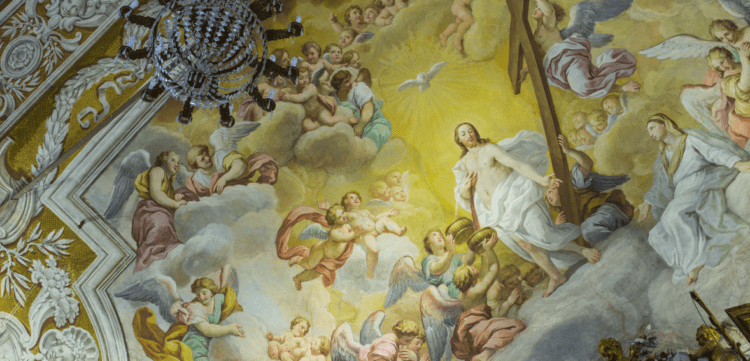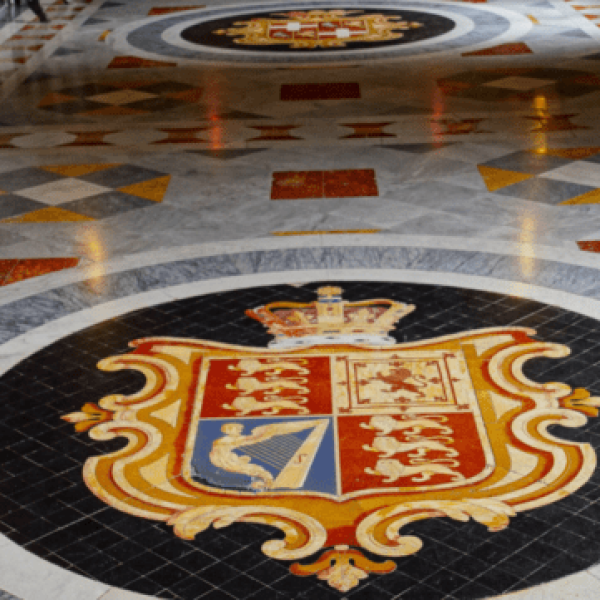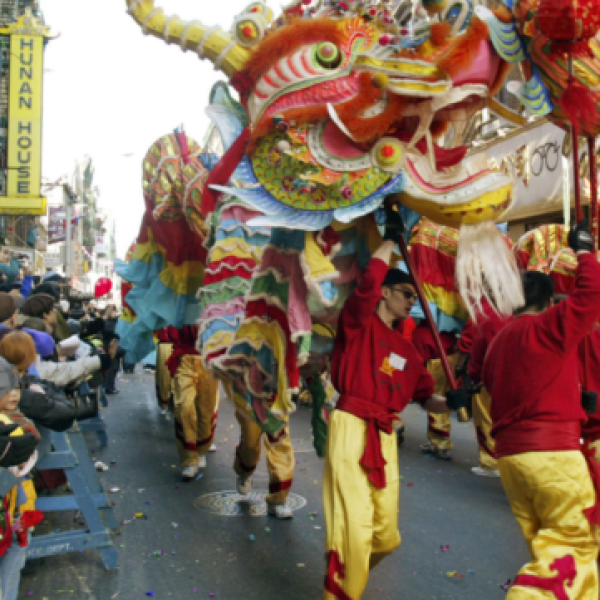The Renaissance, a period flourishing from the 14th to the 17th century, was not just a time of artistic rebirth but also an era where art was deeply intertwined with hidden meanings and symbols. Artists during this time used their canvases to encode a multitude of symbols that conveyed layers of deeper significance, often reflecting the socio-political and religious beliefs of the age. This article explores the rich tapestry of symbolism in Renaissance paintings, uncovering the artists’ secrets that lie beneath the surface of some of the world’s most famous artworks. Join us as we decode the silent, yet profound language of Symbolism in Art.
The Language of Symbols in Renaissance Art
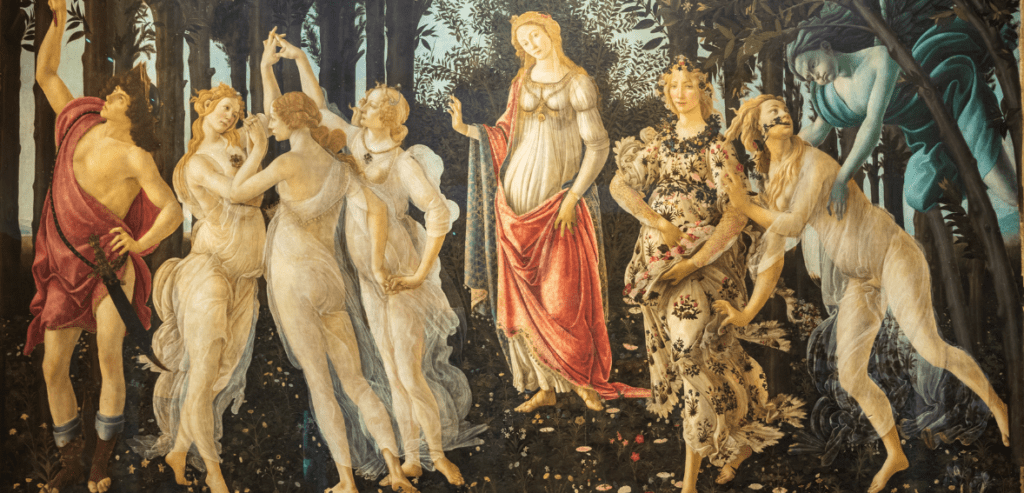
1. Religious and Mythological Symbolism
Renaissance art is richly infused with religious and mythological themes, serving as a profound narrative tool to convey the deeply held beliefs and values of the era. These themes were not just mere artistic choices; they were deeply intertwined with the cultural and spiritual life of the time. Biblical narratives, such as “The Last Supper,” meticulously painted by Leonardo da Vinci, offer a vivid portrayal of key religious events, illustrating intricate theological themes and the ethos of the period. Similarly, mythological subjects, as exquisitely depicted in Sandro Botticelli’s “The Birth of Venus,” were not solely about celebrating pagan beauty but were often allegories reflecting Christian virtues and moral lessons.
Through such artworks, Renaissance artists communicated complex layers of religious and cultural narratives, embedding them into the visual fabric of their time.
2. Nature and Its Symbolic Representations
The natural world in Renaissance art is portrayed with more than just a nod to aesthetic beauty; it is laden with symbolism. Artists like Leonardo da Vinci in his work “Annunciation” employed elements of nature such as the lily to symbolize purity and divine grace, attributes associated with the Virgin Mary. Oak trees, frequently depicted in various artworks, were not random choices but were symbolic of strength and endurance. These elements underscore the Renaissance humanistic focus on virtues that elevate human nature, aligning it with the admired classical antiquity’s ideals. Nature, in this context, transcends mere background elements, becoming a dynamic participant in the storytelling process of the artwork.
3. Color Symbolism
In the vibrant canvases of the Renaissance, every color employed carried deep symbolic meanings. Blue, a color often seen in the robes of the Virgin Mary, was emblematic of the divine and the celestial, suggesting a heavenly purity and grace. Contrasting sharply with the tranquility of blue, red hues were potent symbols of passion, power, and martyrdom. The red in the draperies or the garments of Christ and the saints did not merely enhance the visual appeal but evoked the deep sacrificial love and the intense spiritual struggles depicted in the scenes. This thoughtful application of color helped convey additional layers of meaning, enhancing the emotional and narrative depth of the artworks.
This exploration of Symbolism in Art during the Renaissance reveals a complex language where symbols served as keys to unlocking deeper understanding and appreciation of the era’s artistic endeavors. Through religious and mythological motifs, natural symbolism, and the strategic use of color, artists communicated far more than what met the eye, embedding rich cultural and spiritual narratives into their art.
The Artists and Their Secret Codes

1. Leonardo da Vinci – A Master of Hidden Meanings
Leonardo da Vinci, celebrated as a paragon of the Renaissance man, is equally famous for the layers of mystery that shroud his art. His magnum opus, the “Mona Lisa,” stands as a quintessential example of his mastery in blending overt beauty with covert symbolism. The painting’s central figure, with her enigmatic smile, has sparked centuries of scholarly debate and public fascination. Critics and historians alike delve into this smile, suggesting it might symbolize a deep-seated, esoteric knowledge of the universe or a mirror reflecting the complexities of human emotion. Beyond her smile, the ethereal landscape that recedes into icy mountains is thought to connect earthly existence to broader cosmic forces, tying human experience with the greater mysteries of nature.
2. Michelangelo – Divine Proportions and Symbolic Figures
Michelangelo, another titan of the Renaissance, infused his artworks with a divine complexity that transcends mere visual admiration. His frescoes on the Sistine Chapel ceiling, a monumental project that spanned four years, are replete with theological narratives and astute Symbolism in Art. Each panel and figure is meticulously designed to reflect biblical virtues and stories, contributing to a larger discourse on morality and divinity. Among these figures, the ignudi—nude male figures—are particularly significant. Positioned at the corners of the narrative panels, these figures could symbolize the purity and perfection of the human form, directly echoing Platonic and Christian ideals about human nature’s inherent drive towards divine beauty and truth.
3. Raphael – Architect of the Renaissance Spirit
Raphael, known for his clarity of form and ease of composition, also harnessed the power of symbols to convey complex intellectual and spiritual narratives. His fresco “The School of Athens” is a vibrant panorama of ancient philosophy being mirrored in the Renaissance context. Set against a backdrop of grandiose classical architecture, which itself symbolizes the structured clarity of thought, the painting arranges philosophers and scientists in a manner that reflects their respective ideologies and contributions to human thought.
The central figures, Plato and Aristotle, are depicted in discussion, symbolizing the philosophical debate between ideals and empirical reality. This careful positioning and interaction among figures underscore a harmonious balance between humanistic inquiry and the divine orchestration of the universe, making Raphael not just a painter, but a profound architect of the Renaissance spirit.
Symbolism in Everyday Objects
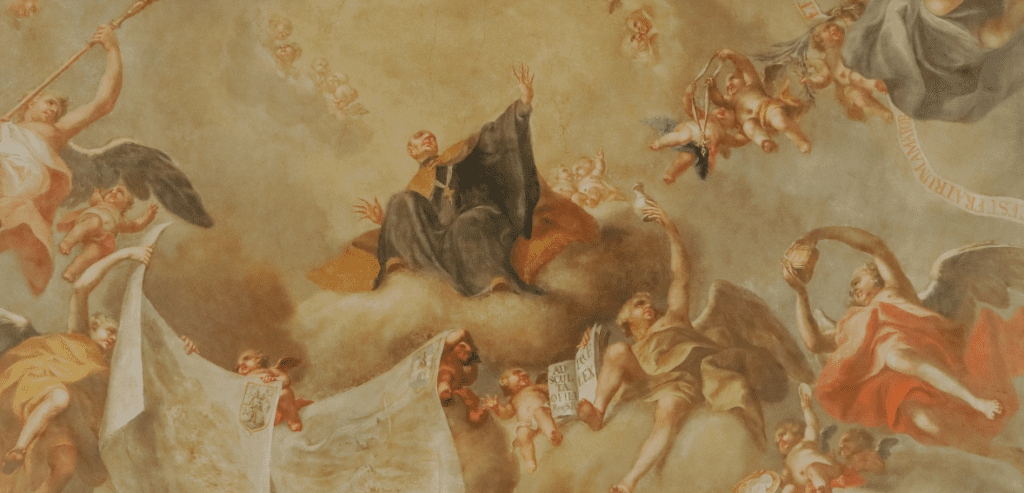
The Iconography of Animals in Art
In the intricate realm of Renaissance art, animals serve as more than mere aesthetic features; they carry rich symbolic meanings that mirror the era’s ideologies and moral values. Dogs, for example, frequently appear in various artworks, symbolizing loyalty and fidelity. This motif is particularly prominent in the portraits by Titian, where dogs are often portrayed at the feet of the subjects, reinforcing their character as trustworthy and steadfast. Similarly, peacocks stand out with their magnificent plumage, representing immortality and the resurrection. These majestic birds are often woven into religious artworks, symbolizing eternal life and the undying soul, thereby resonating with Christian narratives of renewal and the celestial afterlife.
Symbolic Interpretations of Everyday Objects
Beyond the representation of animals, Symbolism in Art extends to mundane objects, which carry profound symbolic meanings that communicate intricate teachings and philosophies. Books and scrolls, for instance, are common elements in scenes featuring scholars or holy figures, epitomizing wisdom and the pursuit of knowledge. These items underscore the significance of scholarly education and the spiritual enlightenment it can foster. Fruits, like apples, are depicted with a nuanced symbolism that shifts with the context. In depictions of the Biblical tale of Adam and Eve, the apple often symbolizes sin and mankind’s fall, reflecting its pivotal role in the narrative of temptation.
On the other hand, in various other artistic contexts, the apple can also denote the acquisition of knowledge, particularly the forbidden knowledge of good and evil that Adam and Eve gained, highlighting the fruit’s complex role in human mythology and moral lessons.
Decoding Symbols: The Viewer’s Guide to Renaissance Art
Exploring the rich tapestry of symbols embedded in Renaissance art can significantly deepen one’s appreciation and understanding of these masterpieces. This guide aims to equip viewers with the knowledge and tools necessary to decode the intricate symbols that Renaissance artists wove into their works, offering insights into the historical, cultural, and personal contexts that shaped these creations.
Recognizing Symbolism in Renaissance Art
The first step in decoding Renaissance art is learning to recognize the presence of symbolism. Artists of this era often employed a variety of symbols to convey complex ideas, beliefs, and narratives. Common symbols include natural elements like fruits and animals, each carrying specific meanings. For instance, a lamb might represent innocence or sacrifice, while apples could symbolize knowledge or temptation.
Contextual Understanding
To interpret these symbols accurately, one must consider the artwork’s historical and cultural context. Understanding the religious, social, and political climate of the time can provide crucial insights into the symbolic language used by the artists. For example, during the Renaissance, religious themes were predominant, and many artworks incorporated symbols that were understood within the framework of Christian theology.
Artist Intent and Personal Symbols
It is also important to consider the individual artist’s intent. Each artist may have personal reasons for choosing specific symbols, which might relate to their personal experiences or viewpoints. Some artists, like Leonardo da Vinci, were known for embedding hidden meanings in their works that reflected their private thoughts or broader philosophical ideas.
Practical Tips for Decoding Symbols
- Educate Yourself: Familiarize yourself with common symbols and their meanings in Renaissance art. Numerous books and online resources can provide background on the symbolic language of this period.
- Examine the Composition: Pay close attention to how the symbols are positioned and interact with each other within the artwork. This can give clues about their relative importance or the message they are intended to convey.
- Consider the Patron: Knowing who commissioned the artwork can also provide hints about its symbolism. Patrons often requested specific themes or symbols that reflected their own beliefs or status.
- Use Technology: Utilize digital tools and apps that offer augmented reality or interactive guides to explore artworks in more depth. These tools can provide on-the-spot interpretations of symbols as you view the art.
- Join Guided Tours: Whenever possible, participate in guided tours at art museums. Experts can offer valuable insights into the symbols and their meanings, enhancing your understanding of the artwork.
By employing these strategies, viewers can unlock the layered meanings in Renaissance art, gaining a richer and more informed viewing experience. This deeper understanding not only enhances the enjoyment of the art but also connects us more closely to the historical and cultural narratives of the past.
Conclusion: Unveiling the Timeless Language of Symbols
The journey through the symbolism in Renaissance art reveals a universe where every brushstroke and color choice encapsulates a deeper meaning, connecting the material to the metaphysical, and the human experience to the divine saga. This art not only portrays aesthetic beauty but also serves as a profound narrative device that artists used to communicate complex ideas and beliefs across time and space.
As we delve into the symbolism inherent in these artworks, we encounter a world where nature, colors, and everyday objects transcend their physical forms to embody broader metaphysical concepts and shared human values. By decoding these symbols, we gain insights not only into the artistic intentions behind the masterpieces of the Renaissance but also into the cultural, spiritual, and intellectual currents of an era that shaped modern Western thought.
Furthermore, the act of interpreting these symbols allows contemporary audiences to engage in a form of dialogue with the past, one that is both educational and transformative. This dialogue enhances our appreciation of art and deepens our understanding of history, reminding us that the Renaissance was not just a period of artistic revival but also a time of great intellectual ferment and spiritual searching.
In conclusion, the symbolism used by Renaissance artists serves as a bridge connecting the past with the present, inviting us to explore the rich tapestry of human expression and experience reflected in art. As we continue to explore and interpret these timeless symbols, we keep the spirit of the Renaissance alive—a testament to the enduring power of art to convey universal truths and inspire profound reflection across the ages.
Frequently Asked Questions:
What are the most common symbols used in Renaissance art?
Renaissance artists frequently incorporated a variety of symbols into their paintings, each carrying specific meanings. Common symbols include natural elements like flowers and animals, religious motifs such as halos and crosses, and everyday objects like books and fruits. For instance, a lamb often symbolizes innocence or sacrifice, while an apple can represent knowledge or temptation depending on the context.
How can one identify and interpret the symbolism in a Renaissance painting?
To effectively interpret the symbolism in Renaissance art, viewers should consider multiple factors:
– Educational Background: Familiarize yourself with the common symbols used during the Renaissance and their meanings.
– Artistic Context: Understand the historical, cultural, and religious context in which the artwork was created.
– Artist’s Intent: Reflect on the personal motivations and intentions of the artist, as individual experiences and views can influence the choice of symbols.
– Composition Analysis: Examine how symbols are positioned and interact within the painting to grasp their significance and the message they convey.
Why did Renaissance artists use so much symbolism in their works?
During the Renaissance, art was not only a form of aesthetic expression but also a medium for intellectual and spiritual dialogue. Symbolism allowed artists to embed multiple layers of meaning into their works, reflecting the complex interplay of religious, cultural, and philosophical ideas of the time. This method also catered to an educated audience who could appreciate and decode these nuanced messages, enhancing the viewing experience and offering deeper insights into the shared human condition.
Can the interpretation of symbols in Renaissance art vary?
Yes, interpretations of symbols in Renaissance art can vary widely depending on the viewer’s knowledge, cultural background, and personal perspectives. While some symbols have generally accepted meanings, others may be interpreted differently based on new scholarly research or through a modern lens. This variability adds a rich dimension to the study of Renaissance art, allowing it to remain a dynamic and engaging field for both scholars and enthusiasts.


